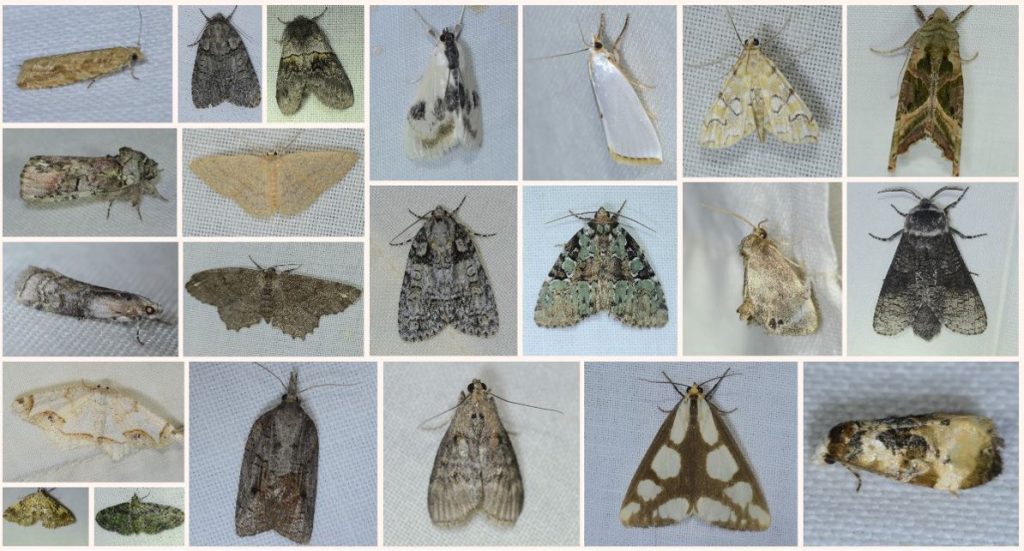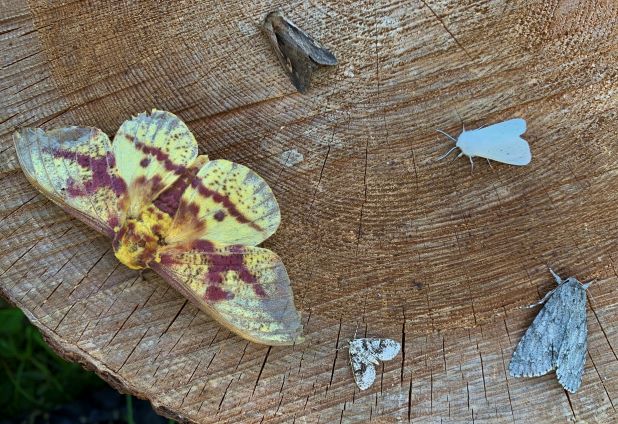![]()
By Peter Burke – Ornithologist, Senior Ecologist
Proper ecological restoration requires planning, a vision of the specific biotic (the plants and animals as part of the community they belong to) and physical features you want to replicate, and perhaps most importantly, time. Nature has an amazing ability to recuperate, but that requires patience and monitoring to ensure site recuperation will align with a project’s predicted outcomes and objectives which, often, are to replace features that has been removed.
Evaluating the effectiveness of restoration during site re-cooperation can be difficult, and managers have a limited number of tools to monitor success (or the need to change direction) for the time and resources invested. This blog presents a new tool to assist in monitoring restoration pathways.
Assessing how a site recovers following restoration typically involves monitoring physical and biotic features. Monitoring can be conducted using species diversity and abundance to detect changes over time. Natural succession dictates that a turnover of species will occur as the physical and biological components change.
In many cases, plants are the most useful group to use to monitor the biotic recovery due to their ease of detection, broad diversity, and abundance in all terrestrial communities. Increases or decreases in a species or sets of species can help assess the trajectory of the restoration. As a system recovers, we can look for the appearance or disappearance of a species to help us understand what is happening.
But plants are not the only organism that we can monitor. My colleagues and I have developed a tool to assist with restoration monitoring that looks at moths as a way to assess the natural integrity of a site. Moths are important players in the ecological functioning in any community because they break down the energy produced by vegetation to initiate its transfer through the food chain. Moths are incredibly diverse and utilize almost every possible form of vegetation (and even decaying animal life) and habitat for food, protection, and reproduction. Using moth diversity to monitor changes in ecological conditions is a new approach to a growing and important part of how we care for our environment through native habitat restoration.

This new moth diversity analysis tool, called the Terrestrial Rapid Bio-Assessment (TRBA), is a project that Blaine Rothauser of GZA Geoenvironmental Inc. has been developing for several years, with colleagues at Telemitra Inc., and Rowan University in New Jersey. Mr. Rothauser has been collaborating with GEI’s Ontario ecological team to further refine the tool.
Here’s how it works. Field biologists collect species identification and abundance data during three seasonal sampling nights (one for each season, except for winter) using battery-powered lights to attract moths over the entire course of the night.

Once the moths are photographed, we use artificial intelligence to make accurate and quick identifications. Diversity metrics that will tell us more about the health of the moth community are then calculated from these data; the taxonomic representation at the sub-Family level (a richness measurement); Functional Group breakdown of food types being utilized (nine classifications are identified to describe the ways that moths use different foods available to them); and degree of specialization on their food (whether a species feeds on only one, two, or three different food types, or can utilize a ‘generalist’ diet of many different types). We then use the Shannon-Diversity index, a measurement of ecological diversity, to calculate and assess the cumulative diversity and abundance of all species present at a site.
We have used the TRBA tool to evaluate how moth diversity in a high-quality landscape compares to a low-quality one. A high-quality site functions as an energetically rich, natural community, typically within a dominantly natural landscape, while low-quality sites are typical of highly modified human environments, such as a large, urbanized city landscape. Regulatory environmental agencies have found the TRBA to be a useful tool to assess terrestrial restoration pathways by monitoring a site with respect to project goals and objectives.
We foresee the TRBA being modelled after benthic invertebrate diversity tools used to assess stream health, employed by agencies such as the Environmental Protection Agency (U.S.) and local Conservation Authorities (Ontario) for assessing aquatic systems. That tool produces an overall total score using various diversity metrics to provide a single numerical output that quantifies ecological stream health. Our GEI team has conducted pilot studies for several clients in Ontario using the TRBA to examine the health of the moth communities present by comparing them to high and low-quality sites and determining where they exist between the two ends of the moth community health spectrum.
In 2022, the United Nations declared the Decade of Restoration to prevent, halt, and reverse the degradation of ecosystems on every continent and in every ocean. The TRBA is an evolving new tool to help with restoring habitats by assisting with measuring project success and providing information that can guide adaptive management decisions to achieve overarching goals and targets. We continue to refine the TRBA and see it as an important new tool in ecological monitoring.
If you have projects that require diversity metrics or have questions about this collaborative and efficient new assessment tool, please contact me.